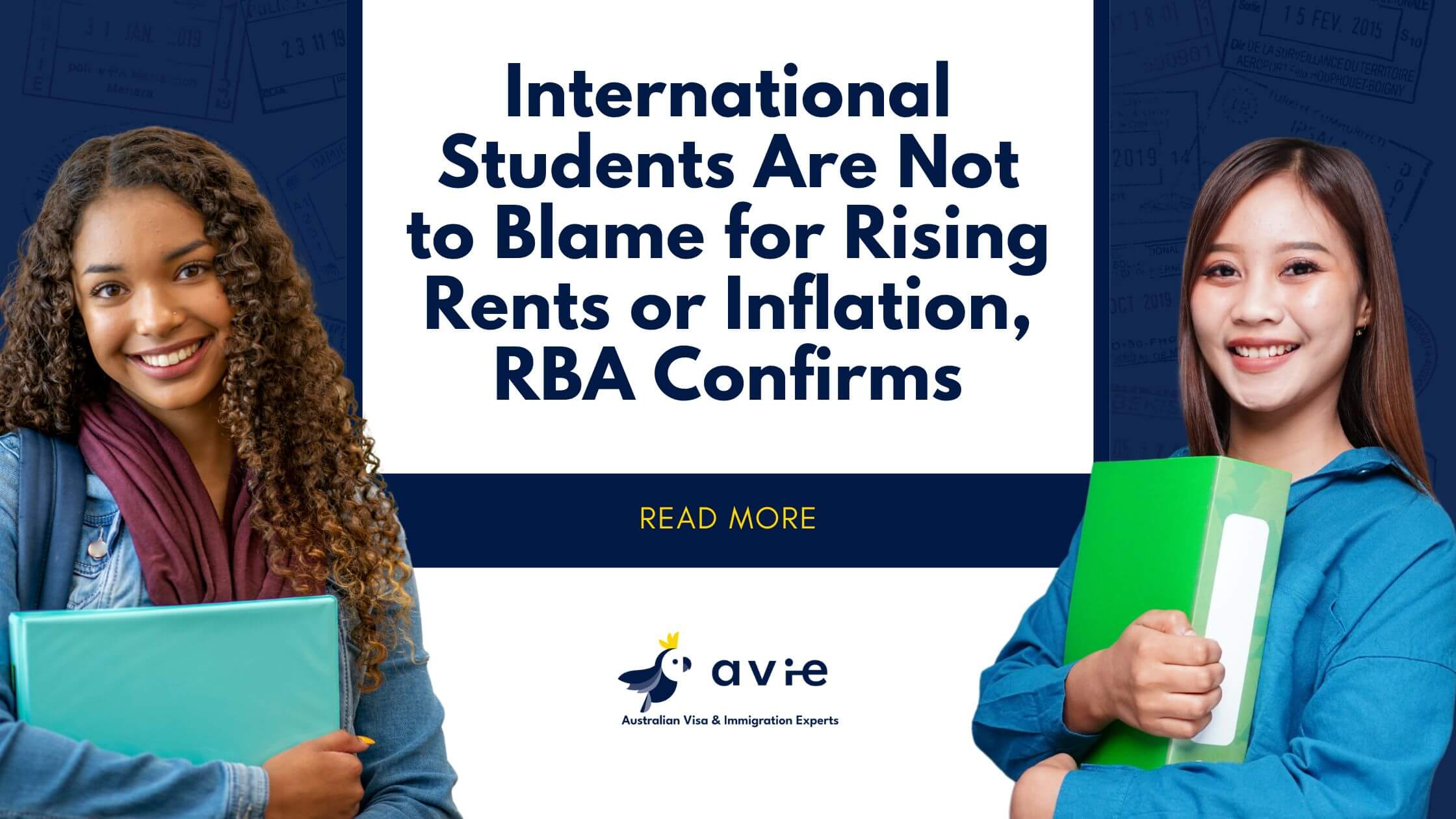Amid ongoing debate around housing shortages and cost-of-living pressures in Australia, the Reserve Bank of Australia (RBA) has made it clear: international students are not the major drivers of rent increases or inflation.
In its latest quarterly Bulletin (July 2025), the RBA released a detailed analysis of international student numbers and their impact on Australia’s economy since the reopening of borders. The findings directly challenge the idea that the rapid return of international students post-pandemic is to blame for the country’s housing and economic challenges.
International Students Didn’t Break the Rental Market
According to the RBA, while international student numbers surged from 300,000 in 2022 to 560,000 by the end of 2023, their effect on rental prices was relatively minor. Although students typically rent in high-density areas near education providers, the RBA estimates that even an additional 100,000 students with around half renting would only increase rental demand by 50,000 people.
That translates to a 0.5% rise in rents, which the RBA described as a small share of the overall increase in rental costs since the pandemic. In fact, most of the rental growth occurred before international students returned.
A Boost, not a Burden
The RBA also dispelled the myth that international students are driving inflation. It’s true that students contribute significantly to the economy.
While students do bring savings into the country and often spend more than residents when they arrive, especially on essentials like furniture, housing, and food, this is largely concentrated in their first few months. Tuition fees also make up a large share of student spending and are not inflationary in the traditional consumer sense.
In short, while students do contribute to demand in the economy, the RBA stated that they were only one of many factors contributing to inflation pressures in recent years.
Vital Contributors to Labour and Growth
International students also support Australia’s labour force, particularly in industries experiencing worker shortages. They are the second-largest group of temporary visa holders with work rights, behind only New Zealand citizens.
With up to 48 hours per fortnight of work rights during study terms (and unlimited hours during breaks), students help fill critical roles in retail, hospitality, and aged care. Their presence in the workforce adds flexibility and economic value in a time of growing demand for service workers.
How AVIE Supports International Students on Their Journey
At Australian Visa & Immigration Experts (AVIE), we understand the life-changing decision that international study represents. We also know how overwhelming the visa process can feel with policy changes, processing delays, and strict documentation requirements.
Our experienced team can assist with:
- Preparing and lodging Subclass 500 Student Visa applications
- Advising on Genuine Temporary Entrant (GTE) requirements
- Reviewing your financial evidence, English scores, and enrolment documents
- Guiding pathways to further visas, such as the Temporary Graduate visa (Subclass 485)
If you’re planning to study in Australia or currently holding a student visa and looking at your next steps, we’re here to help make your future more certain.



















